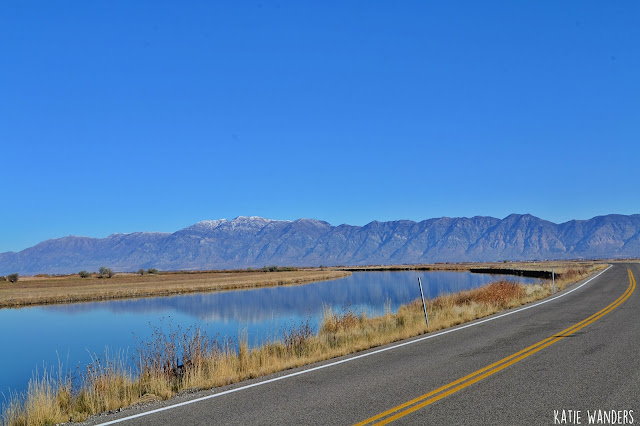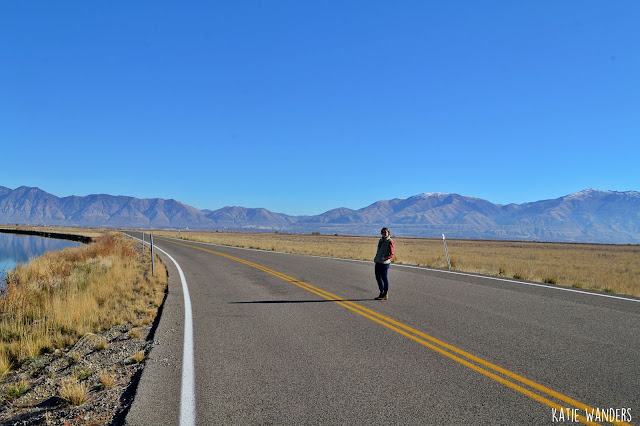Welcome back to Monday everyone!
Mondays after long weekends are always a little tough. SO....May your coffee be strong today, and your Thanksgiving leftovers finally gone.
It was a cold snowy weekend here in Utah, which meant a lot of time spent inside watching thesnow fall Netflix with warm food and dessert. Lets start off the week with the beautiful McPolin Farm.

McPolin Farm
Mondays after long weekends are always a little tough. SO....May your coffee be strong today, and your Thanksgiving leftovers finally gone.
It was a cold snowy weekend here in Utah, which meant a lot of time spent inside watching the

McPolin Farm
3000 Hwy. 224, Park City, UT 84060
The McPolin Farm is a well photographed area in Park City, Utah. Located off Highway 224, this is a popular spot for engagements photos and family Christmas Cards, and is known to many who travel through the area. The farm is a Utah Historic Site with the National Register, and was purchased and owned by Park City, Utah. This area is a public open space and will be protected and conserved for all to enjoy. There are trails throughout the property as well as educational signage. Some of the buildings date back as far as 1921.
"The Farm was purchased by the Citizens of Park City in 1990 to protect and enhance the entry corridor and maintain open space. The original 160-acre farm was homesteaded in 1886 by the Harrison McLane family and acquired by Isabelle and Dan McPolin around 1900. In 1908 the McPolins erected the barn of recycled timber salvaged from an old tailings mill. The barn was built by fitting timbers together without the use of nails. The barn is 7,468 square feet including the loft, and the milking parlor, added in the 1950's, is 1,500 square feet. Windows have been installed in the barn for public viewing.
The McPolin house is a somewhat smaller replica of the original structure, which was moved to this location in two pieces in the early 1920's, the farm house is 400 square feet. Prior to its relocation it served as a mine office. The reconstructed house is similar in outward appearance to the original Pyramid Cottage type house, which reflects early 20th century Park City architecture. The reconstructed equipment shed houses restrooms and meeting space.
Patrick and Grace McPolin inherited the farm in 1923 and operated it as a dairy farm until they sold it to D. A. Osguthorpe, a Salt Lake veterinarian, in 1948. He increased the herd to 100 and built the milking parlor. The old house burned shortly after Osguthorpe purchased the farm. A concrete block house was built across the highway where members of the family lived until Park City purchased the farm in 1990.
The Farm has been extensively refurbished, including stabilizing the barn, to maintain it as the most significant visual feature of the valley and an entry corridor landmark. The bucolic setting provides a haven from today's fast-paced life and welcomes residents and visitors to Park City. A hiking/skiing/biking trail is located along the upper edge of the property." --www.parkcity.org
The barn is not available for private events. The city will host community events at the barn in the summer. The area is open year round for walking and photographing. A gorgeous spot in iconic and historic Park City, Utah.





























































